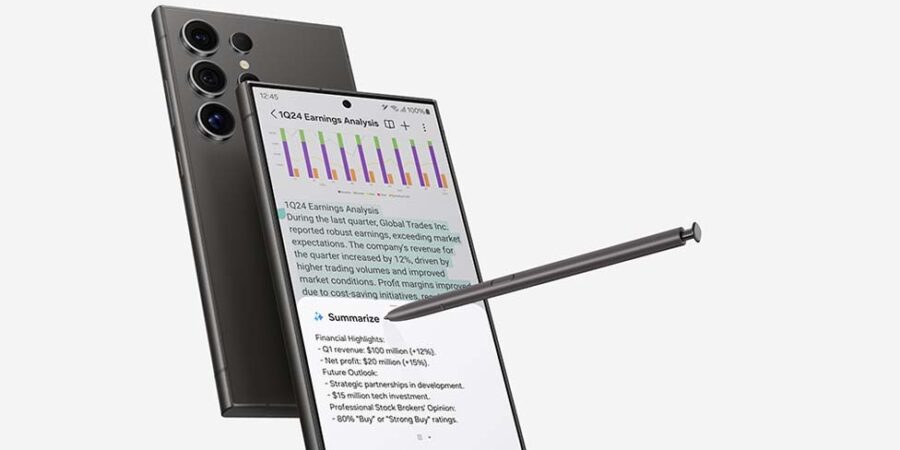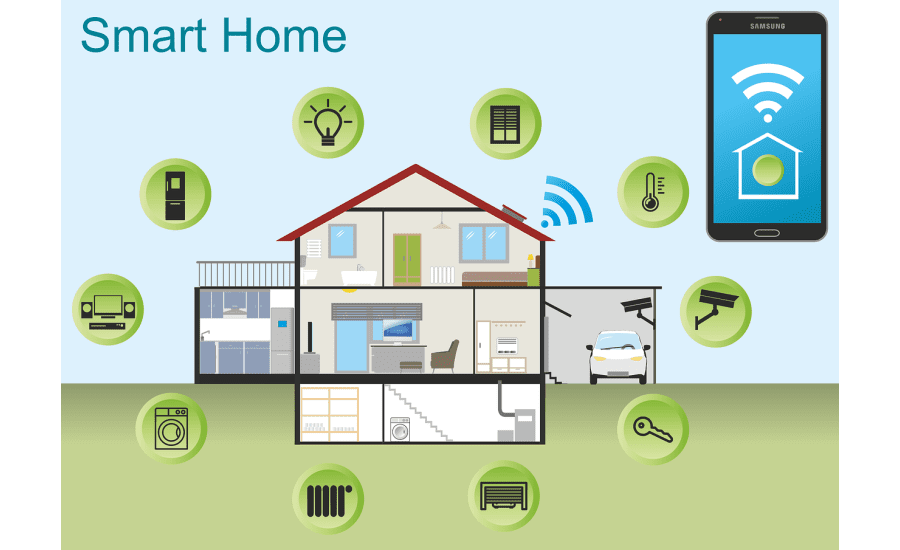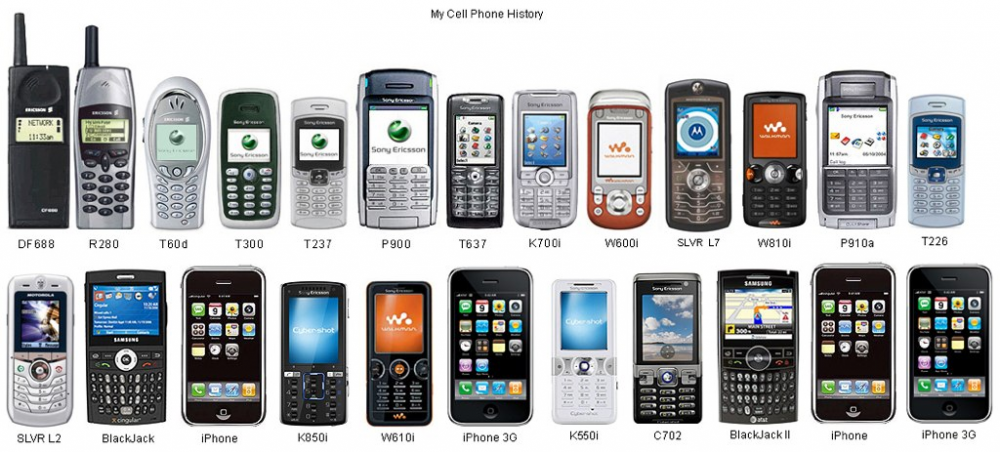Seeing Silicon | Latest News India
Last month, a curious partnership in the Valley made me wonder on the future of smart devices and the way we access our digital universe. In a rather whimsical blog post, OpenAI announced the acquisition of Jony Ive’s studio startup io for $6.5 billion.
“We have the opportunity to completely reimagine what it means to use a computer,” said Altman, adding that despite unprecedented capability and new technologies like AI, the digital experience is being shaped by traditional products and interfaces. A new technology like AI, he explained, requires a complete rethink of tools through which we interact with the digital universe.

The Future of Smart Devices
This acquisition would’ve become yet another corporate announcement, except for the timing of it. In the last couple of years, there’s a feeling across Silicon Valley that smartphone as a device to interact with the digital world is not enough. New technologies like AR/VR, robotics and now AI need new products to explore them with. The new generation is approaching the digital world as an extension of themselves, through speech and not swiping or typing.
As technology becomes more intuitive, we need new devices to reflect this change – more immersive and aural, devices that augment the real world and not take you away from it. Tech companies are putting their heads together to develop devices that are more immersive or approach digital through other senses like aural or even neural.
Exploring New Technologies
Legacy companies like Meta, Apple, and Google and startups like Neuralink are experimenting with smart glasses, wearables, iOT devices, smartwatches, neural computers, and even spatial computers (like VisionPro) where digital media is integrated with our real-life experience. So far, none of these devices have worked, but it does feel like we’re at a cusp of dramatic change.

A senior vice president in Apple even acknowledged that in 10 years, iPhones could go the way of iPods - become irrelevant and retro.
A Shift in Digital Interaction
It’s time for this change, I would say. After all, our way of interacting with digital spaces – through laptops, desktops, and smart devices - has been the same for more than 30 years now. The first smartphone came into being in the early 1993 when IBM’s Simon added email and fax to a phone’s capability.
In 1990s there was a constant feeling of experimentation as the handheld phones and PDAs that could access the internet were being played with through product design. Companies across the world from the USA to Japan wanted to integrate access to the internet with a phone.
The Evolution of Smartphones
The mid-2000s brought smartphones like Blackberry with QWERTY keyboards, which quickly made tapping and emailing the done thing to do. This changed dramatically when finger-operative touchscreen technology came out into the market. Within a couple of years in 2006, LG had used it to launch a touchscreen smartphone. And then Apple made it the new normal when it launched iPhones in 2007.

Though there have been amazing advances in the smartphone including camera capabilities, chip design, and biometrics, the device design itself hasn’t changed the way we interact with the digital world. There’s a screen we swipe, touch, and pinch. We check out social media, upload our photos on cloud and chat and email on the go.
The Shift in Device Design
This staleness in the design was clear in Apple’s recently concluded annual developer conference, WWDC 2025. The new iPhone 17 will be more or less the same as iPhone 16 with a few tiny tweaks.
Jony Ive, whose company OpenAI acquired, was formerly Apple’s chief design officer and led design teams for Apple’s iconic products – the iPhone, the iPod, and even the Macbook Pro – before leaving the company in 2019. According to him, this time now, 2025, reminds him of three decades ago when he emigrated to Silicon Valley to design products that would interact with the Internet.
The Wall Street Journal reported that Open AI is considering options that want to move consumers beyond screens into a unique combination of listening devices and cameras.
The Future of Digital Interaction
“Surely there’s something beyond legacy products,” says Ive, adding that they’ve already built a prototype and are currently working on more AI-first devices. I know what you’re thinking and frankly, I’m thinking the same. Smartphones are our lifelines. We do everything on these devices – from chatting to watching shorts and videos, to making payments on the go.
But the world is also changing in ways that make me think maybe we will use devices without screens as the enablers. Voice interaction has caught on. The way we fish for information is going from a typed search to a prompt we ask. There is an increasing unease about phone-addiction and screen time. We’re all looking for a way out.

Something that allows us to be digitally connected without exhausting us. Devices that are more intuitive, more immersive, aural and neural that become extensions of us so we can interact with digital spaces without choosing them over real life. All this signals to an experimentative market which is ready for something new. I can’t wait to find out what replaces my screens in the near future. What about you?



















